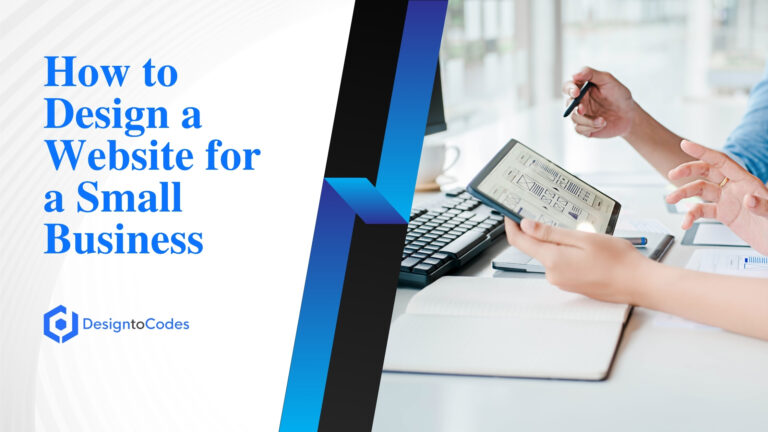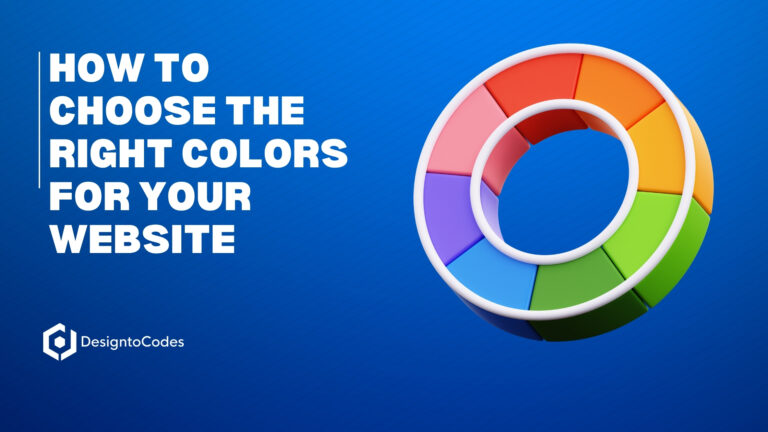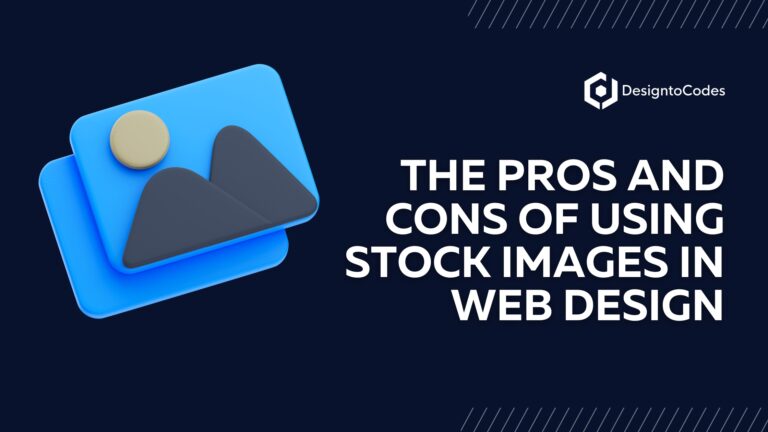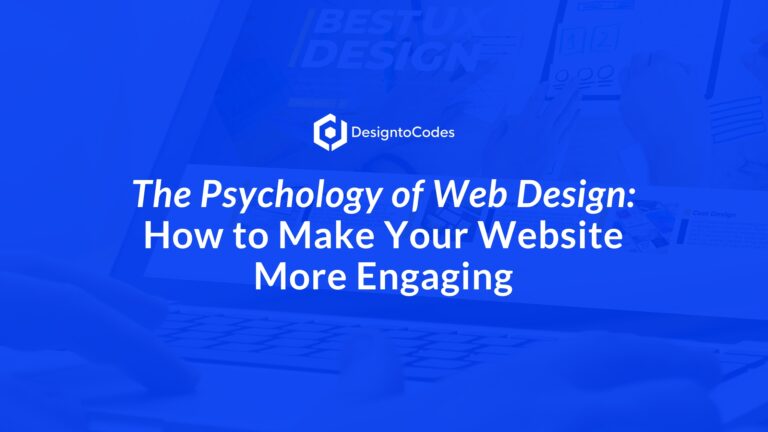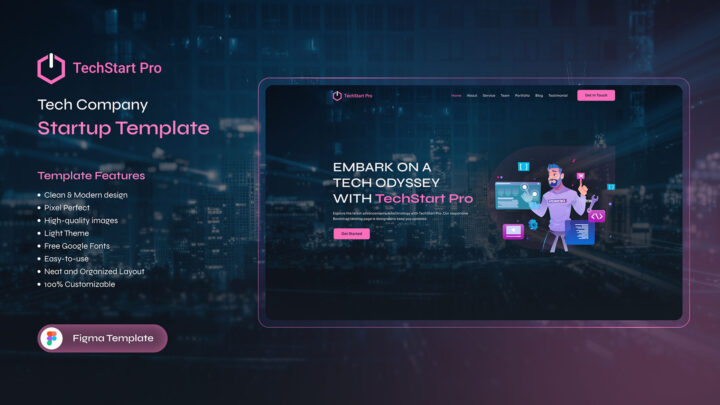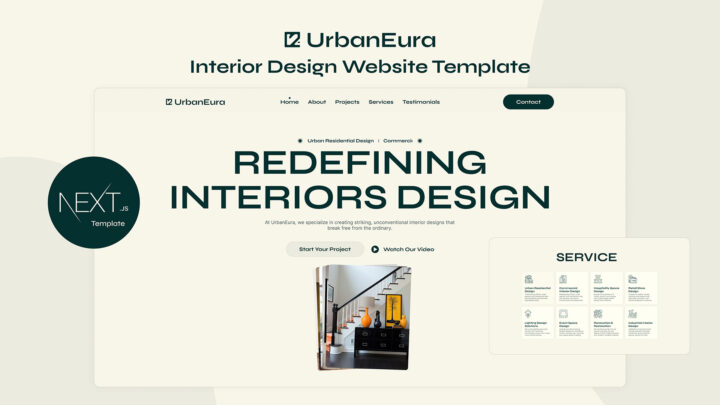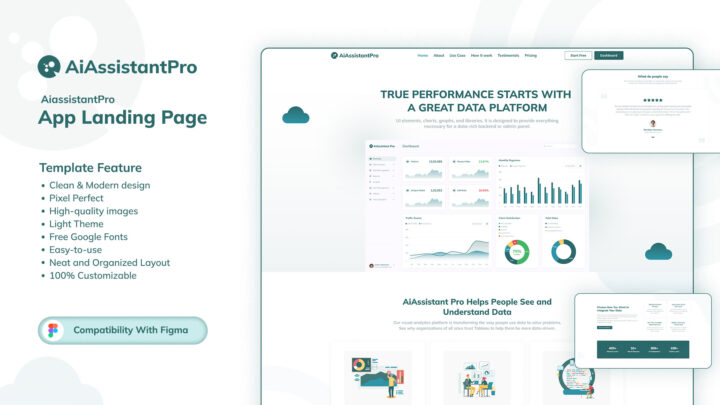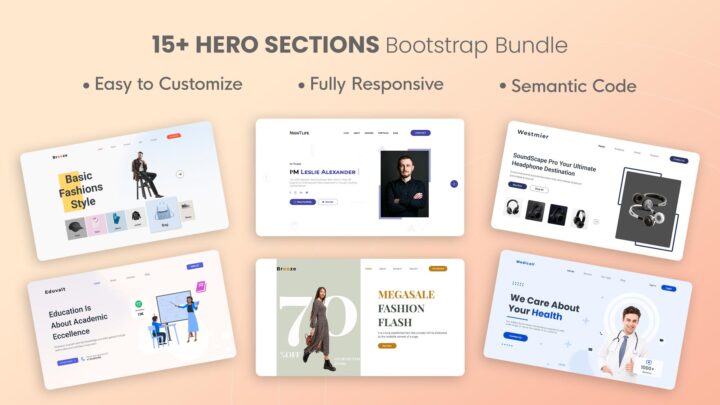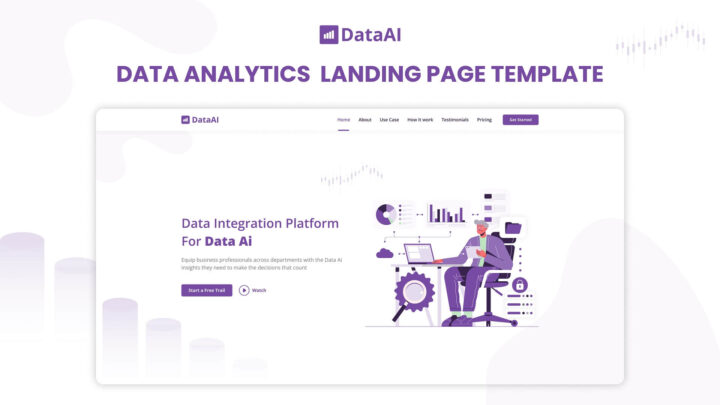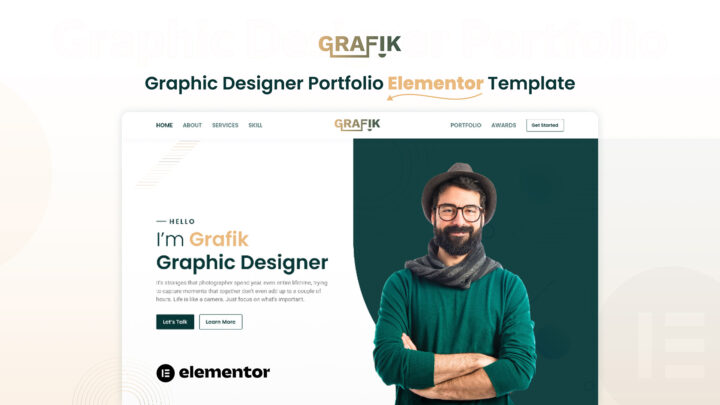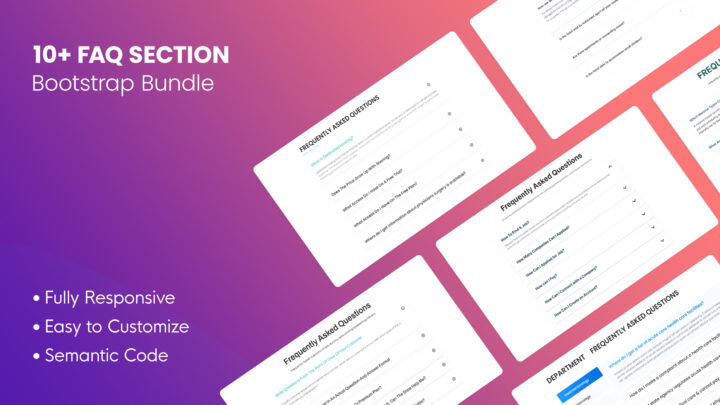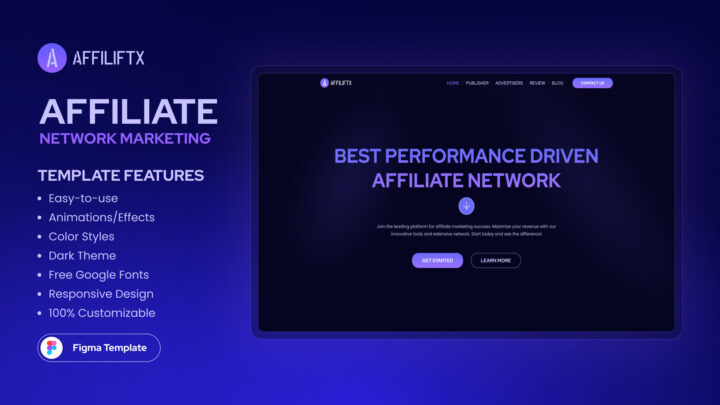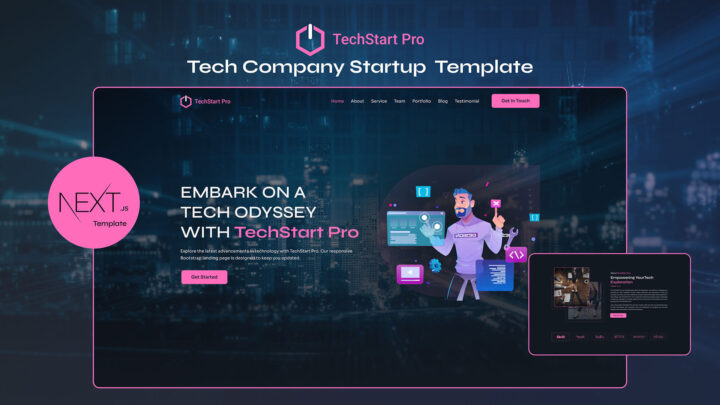
What is the Fundamental Challenge of Design?
Addressing the fundamental challenge of design requires a holistic approach that integrates creativity, functionality, and user experience seamlessly. Design plays a crucial role in our lives, shaping the products and experiences we encounter every day. Whether it’s the layout of a website, the functionality of a mobile app, or the aesthetics of a physical product.
However, behind the scenes, designers face numerous challenges in their quest to create effective and impactful designs.
In this article, we will explore the fundamental challenge of design and delve into the complexities that designers grapple with to meet user expectations.
Introduction | Fundamental Challenge of Design
Design is not merely about making things look visually appealing; it encompasses a much broader scope. It involves problem-solving and creating solutions that are both functional and aesthetically pleasing. To understand the fundamental challenge of design, it is crucial to delve into the various elements that designers grapple with regularly.
Understanding The Fundamental Challenge of Design
Design is an iterative process that involves understanding the problem at hand and developing creative solutions. It encompasses a range of disciplines, including graphic design, industrial design, user experience design, and more. Designers must consider various factors, such as user needs, context, and constraints, to create successful designs.
The fundamental challenge of design requires a nuanced approach that balances creativity, functionality, and user experience.
What is the Fundamental Challenge of Design?
Design is not just about creating something visually appealing; it goes beyond aesthetics. The fundamental challenge of design lies in finding the perfect balance between form and function, while simultaneously meeting the needs and desires of the end-users. Designers must navigate the delicate path of blending creativity with usability, ensuring that their creations are not only visually appealing but also intuitive and practical to use.

Achieving the Perfect Balance For the Fundamental Challenge of Design
Designers face the intricate task of harmonizing various elements to achieve the perfect balance in their creations. They must consider factors such as color theory, typography, layout, and interaction design to create a cohesive and visually pleasing user experience.
Achieving a harmonious equilibrium in design involves skillfully balancing creativity, functionality, and user experience—this is the fundamental challenge of design.
Simultaneously, they need to ensure that their designs are functional, user-friendly, and aligned with the overall objectives of the project.
Understanding User Psychology
To overcome the Fundamental Challenge of Design, designers need to have a deep understanding of user psychology. They must empathize with the end-users and anticipate their needs, preferences, and behavior.
By gaining insights into human cognition and decision-making processes, designers can create intuitive interfaces and experiences that resonate with users on a subconscious level.
Adapting to Technological Advances In Fundamental Challenges of Design
Design is an ever-evolving field, constantly influenced by technological advancements. With the rapid progress of technology, designers face the challenge of staying updated and adapting their skills to leverage new tools and platforms effectively.
They must embrace emerging technologies, such as virtual reality, augmented reality, and artificial intelligence, to push the boundaries of design and deliver innovative solutions. Technological advances should be taken properly to overcome the Fundamental Challenge of Design.
Balancing Creativity and Constraints
Designers often encounter constraints, whether it be budget limitations, technical constraints, or specific brand guidelines. The challenge lies in embracing these constraints while still nurturing creativity.
By thinking outside the box and exploring unconventional approaches, designers can transform limitations into opportunities and push the boundaries of what is possible.
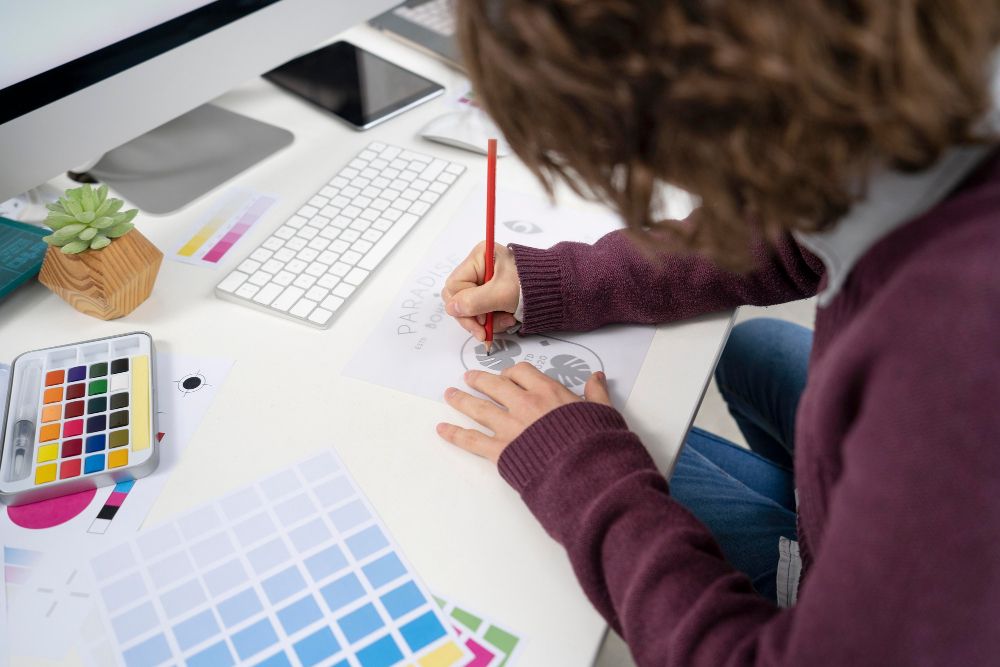
Challenges in the Design Process
Design is not a linear process; it involves numerous stages and iterations. Throughout the design journey, designers encounter various challenges that require creative problem-solving skills and critical thinking.
Let’s explore some of the key challenges designers face in each phase of the design process:
1. Research and Discovery
Understanding the target audience: Designers must conduct thorough research to gain a deep understanding of the target audience, their demographics, preferences, and pain points.
Analyzing competitors: It is essential to study the competition to identify gaps, opportunities, and best practices in the industry.
Uncovering user needs: Designers need to employ user-centric research methods, such as surveys, interviews, and user testing, to uncover the underlying needs and expectations of the users.
2. Ideation and Conceptualization
Generating innovative ideas: Designers must brainstorm and generate a wide range of ideas to explore different possibilities and potential solutions.
Evaluating feasibility: While ideating, designers need to consider the feasibility of implementing their ideas within the given constraints, such as time, budget, and technology.
Concept development: Once ideas are generated, designers refine and develop concepts that align with the project objectives and user requirements.
3. Design Execution
Iterative design process: Designers often go through multiple iterations and refinements to arrive at the optimal design solution. This iterative process involves gathering feedback, making adjustments, and testing prototypes to ensure the final design meets user expectations.
Visual design: Designers face the challenge of creating visually appealing and cohesive designs that align with the brand identity and project goals.
Information architecture: Organizing and structuring information in a way that is intuitive and easy to navigate can be a complex task for designers to improve the Fundamental Challenge of Design.
Interaction design: Designers must carefully plan and design interactions between users and the interface to create a seamless and engaging user experience.
4. Testing and Evaluation
Testing and Evaluation for the Fundamental Challenge of Design
Usability testing: Designers conduct usability testing to assess how well users can interact with the design and identify any pain points or areas for improvement.
Gathering feedback: Collecting feedback from users, stakeholders, and other team members is crucial to understanding how well the design meets their expectations and requirements.
Iterative refinements: Based on the feedback received, designers make iterative refinements to enhance the design’s usability, functionality, and overall user experience.
5. Implementation and Delivery
Collaboration with developers: Designers collaborate closely with developers to ensure the design is implemented accurately and effectively, considering technical constraints and feasibility.
Consistency across platforms: Designers face the challenge of maintaining consistency and coherence across different platforms during the Fundamental Challenge of Design, such as web, mobile, and desktop applications.
Communication of design intent: Effectively communicating the design intent to developers, stakeholders, and other team members is essential to ensure the design is executed as envisioned.
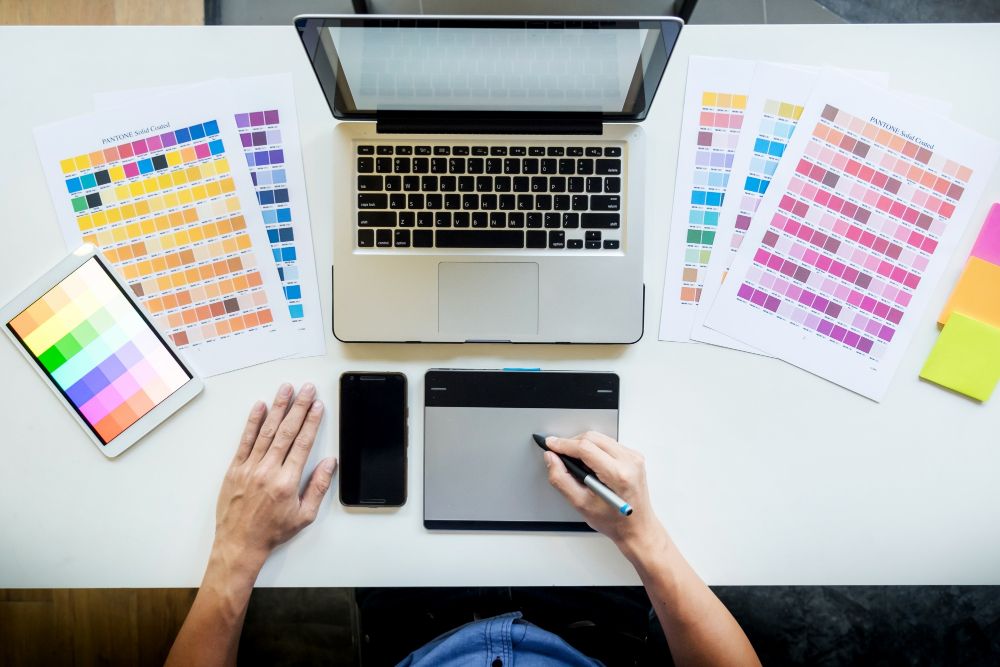
FAQs: Fundamental Challenge of Design
What role does user research play in addressing the fundamental challenge of design?
User research is crucial in understanding the needs, preferences, and behaviors of the target audience. By conducting thorough user research, designers can gather valuable insights that inform their design decisions. Ensuring the end product meets user expectations for the Fundamental Challenge of Design.
How can designers balance creativity and practicality in their designs?
Balancing creativity and practicality requires designers to think outside the box while considering the constraints and objectives of the project. By pushing boundaries, exploring innovative solutions, and iterating on ideas, designers can create visually captivating designs. They are also functional and practical for users.
What are some strategies designers can use to overcome design constraints?
Designers can overcome constraints by reframing them as opportunities for creativity. By embracing constraints, designers can think more innovatively, explore alternative approaches, and find unique solutions that may have otherwise been overlooked.
Why is empathy an important skill for designers?
Empathy allows designers to put themselves in the shoes of the users, understanding their needs, desires, and pain points. By empathizing with users, designers can create designs that truly resonate with them, resulting in more meaningful and engaging user experiences.
How can designers stay updated with the latest design trends and technologies?
Designers can stay updated by actively engaging with the design community, attending conferences, workshops, and webinars, and reading design blogs and publications. Experimenting with new tools and technologies. Continuous learning and curiosity are essential in the ever-evolving field of design.
What is the significance of collaboration in the design process?
Collaboration plays a vital role in design as it brings together diverse perspectives and expertise. Collaborating with stakeholders, developers, and other team members ensures a holistic approach to design. Resulting in a more comprehensive and well-rounded end product.
Conclusion: Fundamental Challenge of Design
The fundamental challenge of design and development lies in striking a delicate balance between functionality and aesthetics. Innovation and practicality and meeting user needs while working within constraints. Designers must continuously hone their skills, and stay updated with emerging trends. Embrace a user-centered approach to create impactful and meaningful designs.
By tackling these challenges head-on, designers can shape the future and make a positive impact through their creations.
You can also read:
10 Best Simple HTML Templates For Free Download
Top 5 Free And Premium HTML Templates From DesignToCodes
- Categories: Design
Recent Posts
Recent Products
Share This Post
Subscribe To Our Newsletter
Get More Update and Stay Connected with Us
